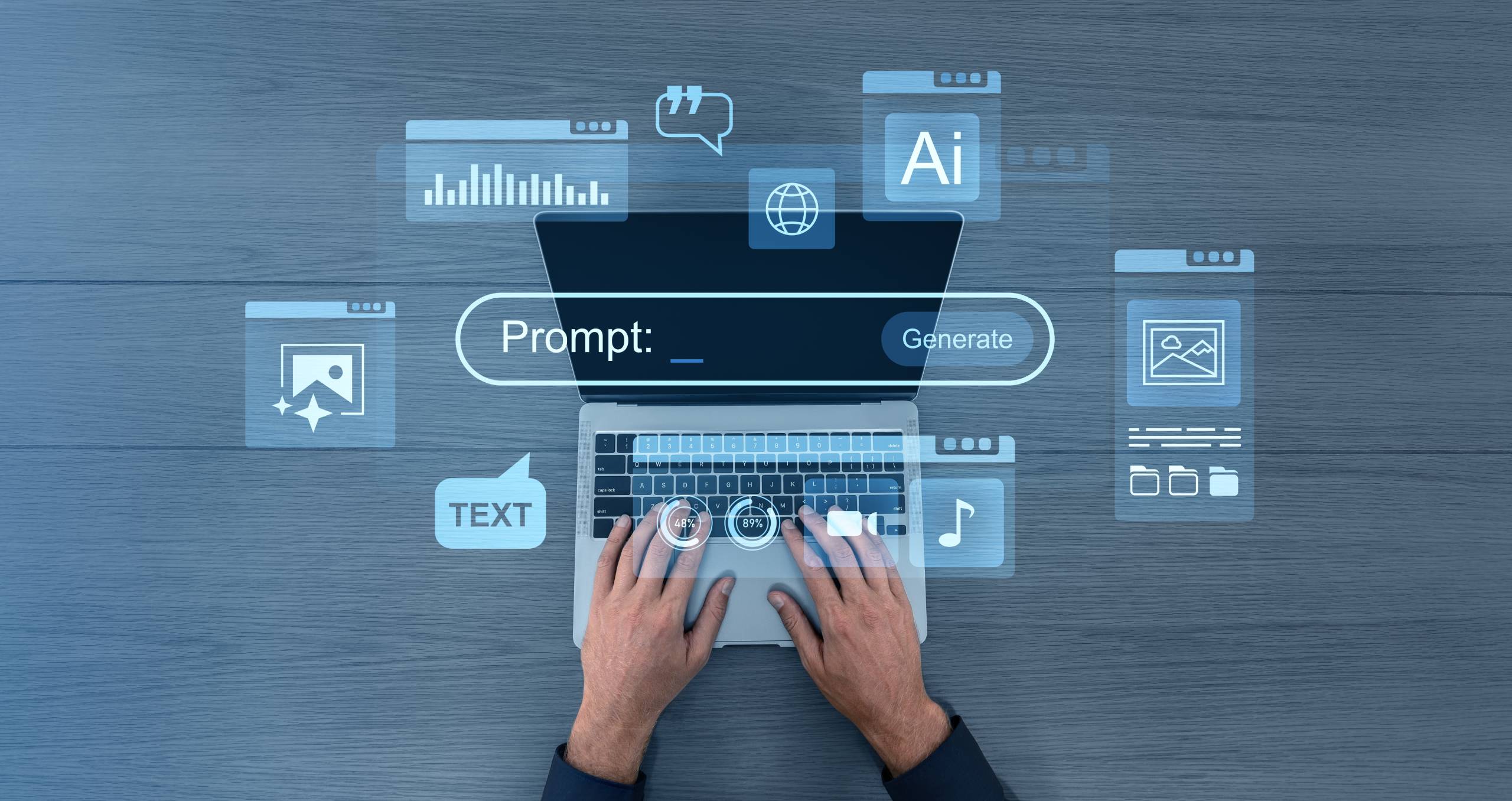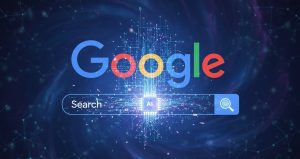After several years of living side by side with it, it’s clear that artificial intelligence isn’t just another passing tech trend — it’s here to stay, driving profound changes in how we understand and manage productivity.
This isn’t about imagining what jobs will look like in some distant future, but about how work itself, the way we create, collaborate, and even think, is being redefined right now.
AI Beyond Content Generation
Today, when we talk about artificial intelligence, we usually think of Generative AI, tools like ChatGPT, Gemini, or Gamma that can create text, images, videos, and even full presentations.
However, there are other branches of AI that have been overshadowed, yet they’re fundamental. These are the ones that have quietly been transforming our society for years.
We’re talking about predictive algorithms that enable early disease detection, financial models that forecast default risk, computer vision systems that make self-driving cars possible or detect defective products on a production line, and real-time data analysis for energy management, among many others.
All of this goes far beyond asking ChatGPT to turn your cat into a Pixar character. In this landscape, not only are traditional jobs evolving, entirely new roles, profiles, and skill sets are emerging. Positions that, ten years ago, might have sounded like science fiction or even a joke are now very real.
The Jobs of the Future
The rapid development of artificial intelligence is fueling a new knowledge economy in which the boundaries between technology, creativity, and strategy are being redrawn.
According to analyses by TechTarget, Salesforce, RoboticsBiz, Sacred Heart University, and the World Economic Forum, we’re witnessing the rise of a new generation of professionals — people who must understand both the technical capabilities of AI models and their cultural, ethical, and social impact.
Prompt engineer
If there’s one thing ChatGPT has taught us, it’s that anyone can ask a question and get an answer. But what happens when the answer you need is highly specific — tailored to a professional context or niche domain? In many cases, the generic response you receive doesn’t quite meet your needs.
Here’s the difference:
You could ask ChatGPT, “What should I wear today?” and send a photo of your wardrobe.
Or you could craft a detailed prompt like this:
Role: You are a professional stylist specializing in contemporary fashion, with full knowledge of the trends presented at Paris Fashion Week 2025 (search the web and gather insights about key trends, brands, and looks).
Task: Based on your research and internal knowledge, create a three-day outfit plan including two looks per day, ensuring that one piece can fit in a medium-sized bag. Select accessories that align with 2025 fashion trends.
Input format: You’ll receive photos of available clothing items for combination, along with this instruction.
Output format: Provide a three-day outfit plan with each selection justified using references (include links to the sources you used). Each look should follow this structure:
Top: item – justification – sources
Bottom: item – justification – sources
Shoes: item – justification – sources
Accessories: item – justification – sources
Overall look justification: five sentences, around 200 words
Tone: You are a professional stylist; maintain a tone consistent with that role, using technical yet accessible language. The output should be concise, without an introduction, but ending with a short, reflective conclusion.
Clearly, the result won’t be the same — and this is where the value of prompt engineering lies.
A prompt engineer is someone who knows how to communicate effectively with AI systems. They bridge the gap between human intent and machine understanding, combining insights from psychology, computational linguistics, and computer science to extract the most valuable responses from language models.
AI and Law Specialists
Just as the capabilities of artificial intelligence evolve at lightning speed, so do the legal and regulatory challenges surrounding it. This rapid pace has created a new need: professionals who can ensure that AI is applied responsibly — not only from an ethical standpoint but also from a legal one.
Is it legal for an AI model to generate characters that might have image rights or copyright protection?
Consider deepfakes, for instance — AI-generated reproductions of real people, created for purposes ranging from humor to fraud or even explicit content.
If AI writes an academic paper and I put my name on it — am I the author?
What about an artwork generated by AI — who owns the rights?
And when companies use AI-powered business models:
What kind of data are these systems collecting from us?
How is it used, and what rights do we retain or surrender in the process?
These are just some of the complex questions that arise when working with AI — questions that demand answers grounded in a legal framework informed by both law and technology. As AI becomes further embedded in our professional and creative ecosystems, AI-law specialists will play a key role in shaping how innovation and regulation coexist.
Data Engineers
In today’s landscape, having proprietary AI models has become a highly valuable asset. Companies are no longer relying solely on pre-trained models, they’re developing their own algorithms using internal data to power machine learning projects that can deliver major predictive and strategic advantages.
The professionals behind these efforts form data teams composed of multiple specialized roles:
Data engineers, who ensure that data is properly collected, stored, and made accessible.
Data scientists, who build and train the models.
Machine learning engineers, who transform those models into production-ready systems.
MLOps specialists, who monitor, deploy, and continuously improve the lifecycle of AI models.
Together, they form a complex ecosystem where each role is increasingly specialized, yet deeply interconnected. These professionals are essential to turning raw data into business intelligence — and ensuring that AI truly adds value rather than complexity.
AI Solution Architects and Designers
In a business environment, the strategic use of artificial intelligence can be a major differentiator — boosting productivity and freeing employees to focus on the kind of creative, high-value work that relies on their natural intelligence.
But moving from a pre-AI workplace to one where AI is actively and productively integrated isn’t something that happens overnight. It requires a clear execution strategy and people capable of guiding that transition.
Daily operations often move at such a fast pace that there’s little time to pause and ask: How do we actually do this? The temptation is to adopt tools on the fly — using them here and there without a long-term plan. That’s why it’s increasingly important for organizations to have a dedicated AI solution architect or designer — someone who can cultivate a real AI culture within the company and work closely with teams to identify:
Real everyday needs
Workload distribution
Automatable tasks
Sensitive or confidential information
Bottlenecks in workflows
Reporting requirements
From there, they define which workflows to implement, how and with what tools, the budget, expected ROI, and the training each team will need — when, how, and to what extent.
It’s not a process that happens by magic, but having professionals who can guide this transformation will be what separates industry leaders from those who lag behind.
Adapt to Survive
There are countless other professions emerging as a result of AI-driven transformation — AI-first marketers, AI-powered post-production specialists, AI agent designers, AI software solution creators, AI-generated code reviewers, and many more.
We’re living through a moment of profound transformation, one that extends far beyond buzzwords. These are tangible, everyday changes happening alongside global shifts, bringing both risks and opportunities.
In this context, it’s not enough to adapt passively to change — we need to become active agents of transformation. That mindset applies not only to individuals but also to organizations redefining how they work, create, and innovate in the age of AI.






